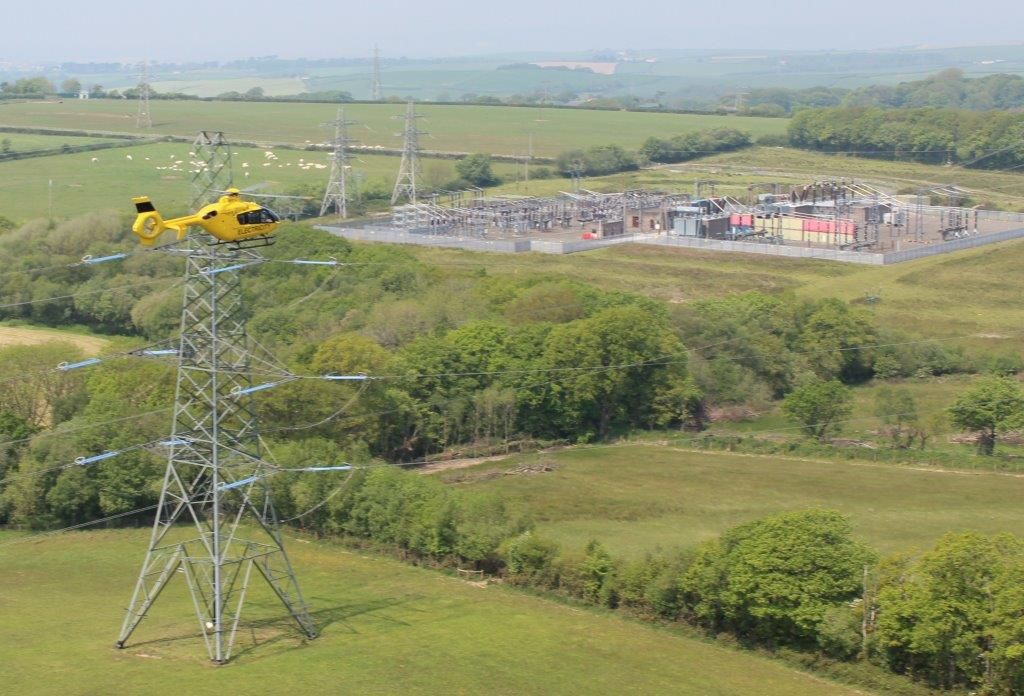Airborne Inspections
| Funding mechanism | Network Innovation Allowance (NIA) |
|---|---|
| Duration | Nov 2015 - Nov 2017 |
| Project expenditure | 131K |
| Research area | Network Monitoring |
| Regions |
|
Project background
Currently, helicopter based overhead electricity line inspections rely on the observer visually, either directly or through cameras, assessing the line and documenting their findings with any significant issues relayed back to the local maintenance team for rectification on return to base.
The availability of much improved sensors together with image recognition and wider system integration (Asset records, GIS, GPS, etc.) means that there is now scope for a much more efficient inspection style over a greater length of network resulting in cost savings and improved network reliability.
This project aimed to produce recommendations for a helicopter based system which could provide the data required to be able to perform automatic line condition assessments and defect reporting.
Scope and Objective(s)
Distribution Network Operators have statutory duties under the Electricity Safety Quality and Continuity Regulations 2002 to maintain its system in a safe condition and to undertake an assessment of the risk of unauthorised access, interference or vandalism. Regular inspection and subsequent condition based maintenance also reduces customer interruptions. By improving the existing helicopter based inspection regime, cost savings in a number of areas can be achieved together with an improvement in network performance.
This project has assessed the existing sensing capabilities and made recommendations for a helicopter based system which can provide the data required to be able to perform automatic line condition assessments and defect reporting.
| Objective | Status |
|---|---|
| Identify the optimum helicopter mounted sensing system which will enable long range data acquisition in the most operator friendly manner. The system should be able to present data in a format which can be integrated with other technologies and also used within analysis software. |
Success Criteria
Details of the success and measurement criteria are tabled below.
| Objective | Status |
|---|---|
| Production of a firm recommendation for the helicopter mounted sensor setup. |

